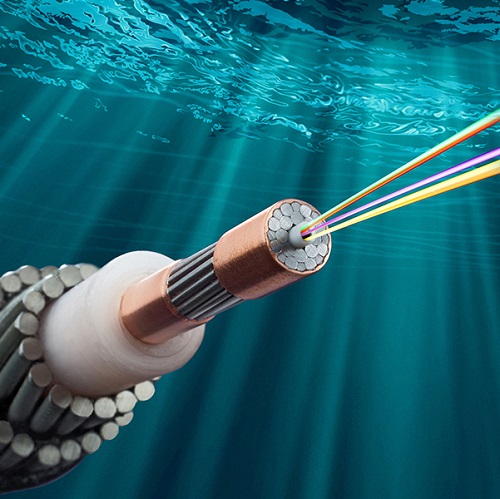Infinera and Telstra, a global telecommunications and technology company, announced the deployment of Infinera’s coherent 800G solution across Telstra’s international network.
The deployment follows a significant industry milestone that Telstra achieved with Infinera, leveraging Infinera’s ICE6 800G coherent technology on its GX Series Compact Modular Platform over a dispersion-managed subsea cable between Hong Kong and Singapore, a segment that spans 2,940 kilometers.
With Infinera’s ICE6 solution, Telstra can realize a 45 percent increase in capacity over previous-generation technology and 20 times the original design capacity of the cable, underscoring the value of Infinera’s innovative solutions.
Bandwidth demand continues to rise at exponential rates, putting pressure on older subsea cables and potentially shortening their economic lifespan, even though they are designed for a 25-year operational life.
At the same time, network operators like Telstra are challenged with scaling and delivering capacity in the APAC region, one of the fastest growing regions for submarine network capacity. By deploying Infinera’s ICE6 solution, network providers are equipped to get the most out of their dispersion-managed subsea cables with the features of highly granular baud rate configuration, long-codeword probabilistic constellation shaping (LC-PCS) and Nyquist subcarriers, on which Infinera has a five-year implementation lead.
“Telstra designed and deployed its dispersion-managed cable, EAC-2A1, long before coherent transmission was developed. The success of our ICE6 trial illustrates that we can successfully upgrade our existing cable systems to meet growing bandwidth demands,” said David Robertson, Executive International Networks & IT at Telstra. “This success was the driving force behind selecting ICE6. With Infinera’s 800G solution, we can significantly increase capacity on all segments of our network across our new modern and legacy cables globally. Building new cables is expensive so getting the most out of them using the latest technology means we can meet our customers’ ever-increasing capacity and resilience needs at the right price point.”











